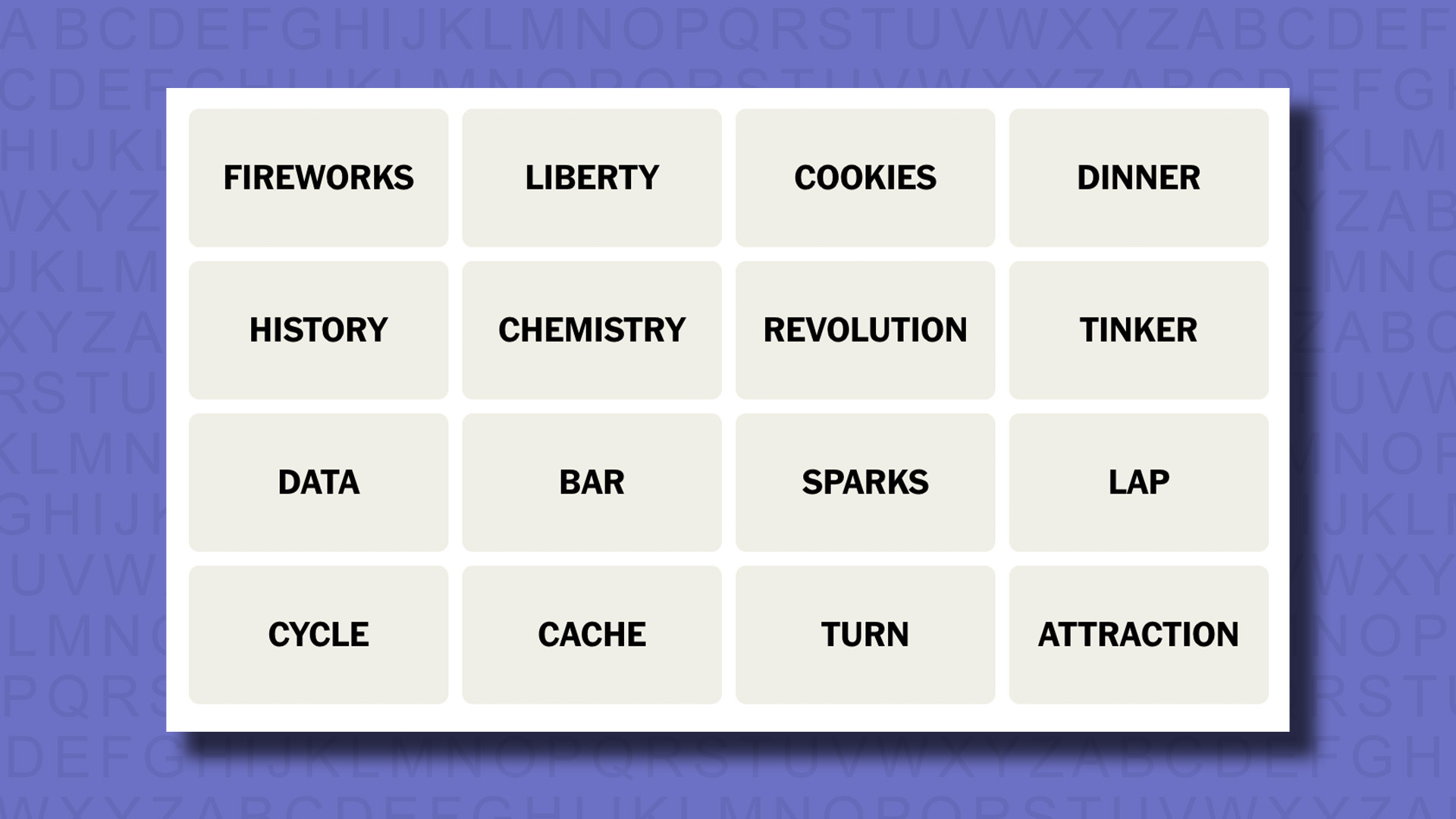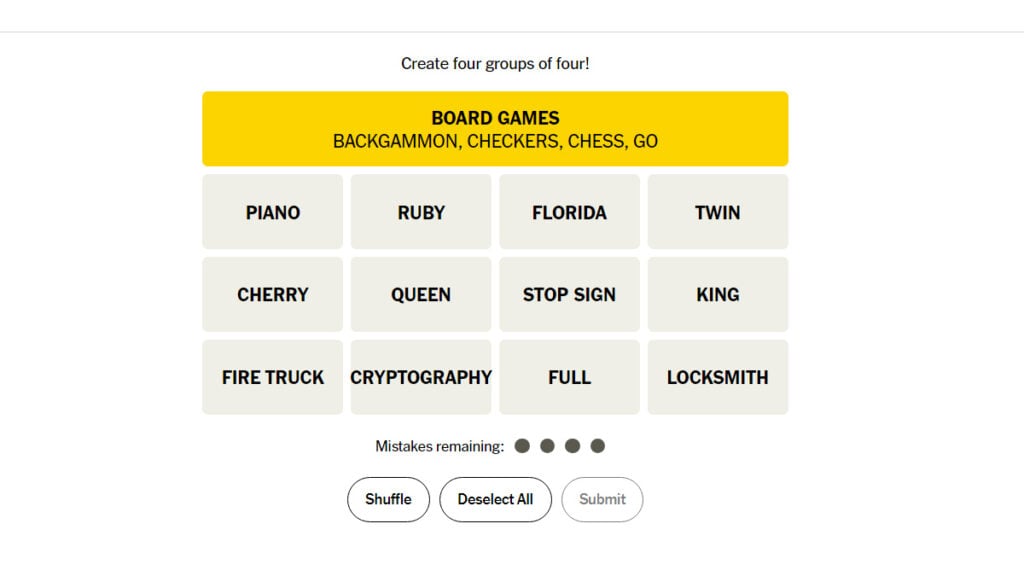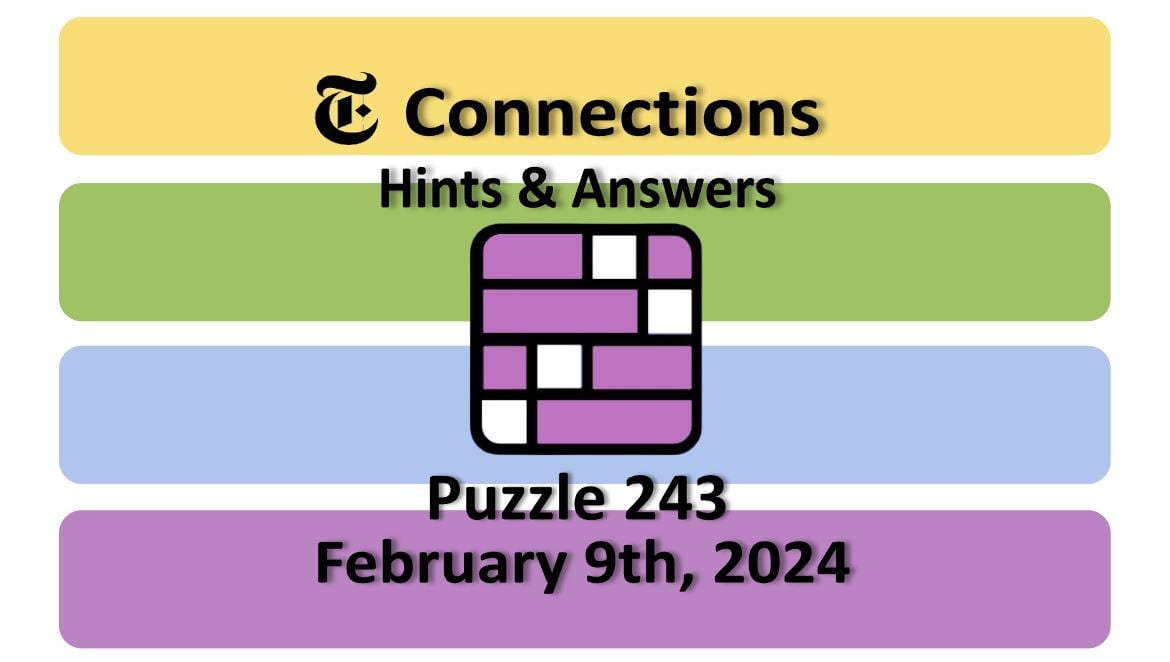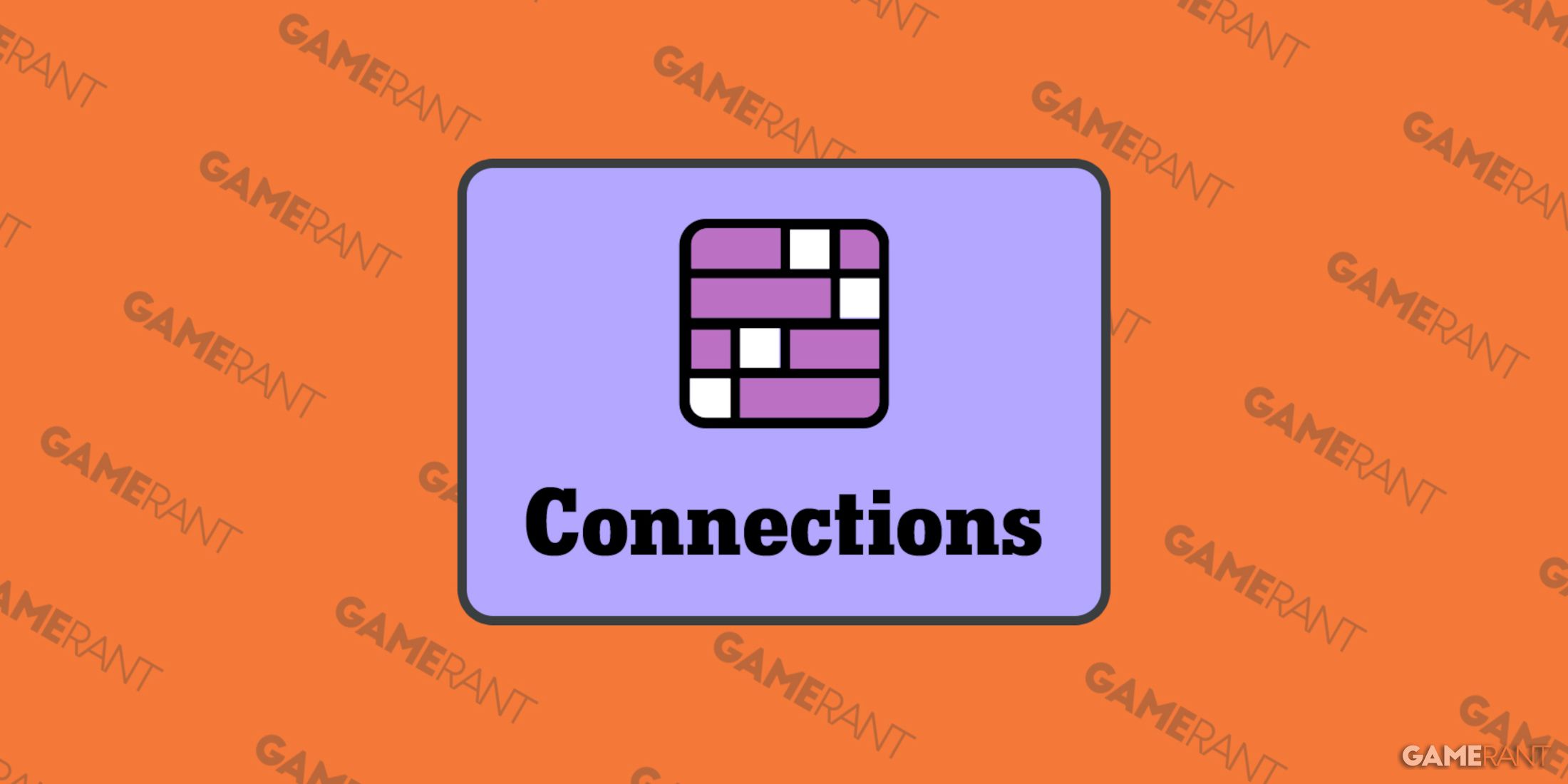The New York Times Connections game has captured the attention of word enthusiasts and casual players alike. This unique word puzzle challenges players to connect words based on categories, enhancing both vocabulary and critical thinking skills. In this article, we will delve into hints for the April 19 edition of NYT Connections, providing strategies to improve your gameplay and enrich your English language proficiency.
Understanding NYT Connections
NYT Connections is a daily word puzzle that offers players a fresh challenge each day. The objective is to group 16 words into four categories, each containing four words. As you navigate through the puzzle, you’ll encounter various words that may initially seem unrelated, but with practice and strategic thinking, you can uncover the connections.
Strategies for Success
To master NYT Connections, it’s essential to adopt a systematic approach. Here are some strategies that can significantly boost your gameplay:
- Familiarize Yourself with Common Themes: Many puzzles revolve around familiar categories like animals, colors, or professions. Recognizing these themes can help you group words quickly.
- Use Process of Elimination: When you identify a few words that fit a specific category, eliminate those from consideration for other categories. This technique narrows down your options.
- Look for Word Associations: Think about synonyms, antonyms, and homophones. Understanding these relationships can spark connections between seemingly unrelated words.
- Team Up: Collaborating with friends can provide fresh perspectives and ideas. Discussing your thought process can lead to breakthroughs you might not achieve alone.
April 19 Puzzle Overview

The April 19 NYT Connections presented a unique blend of words that tested players’ knowledge and creativity. The hints provided for this particular day can serve as a valuable resource for enhancing your word game skills.
Key Hints for April 19
Analyzing the words from the April 19 game can provide insights into how to tackle future puzzles. Here are some specific hints based on that day’s words:
- Look for Common Prefixes and Suffixes: Many words share prefixes or suffixes that can help identify categories. For instance, words like “unhappy” and “unusual” share the prefix “un-.”
- Think About Context: Sometimes, words may belong to a particular context or setting. Identifying the context can help in grouping words effectively.
- Word Length and Structure: Pay attention to the length and structure of words; shorter words may often connect more easily with others, while longer, more complex words may stand alone.
Expanding Vocabulary Through Gameplay

Playing NYT Connections not only sharpens your puzzle-solving skills but also significantly expands your vocabulary. Here’s how:
- Exposure to New Words: Each puzzle introduces you to new terms, enhancing your language repertoire. Make a habit of noting down unfamiliar words and their meanings.
- Reinforcement of Existing Knowledge: The game encourages you to recall and utilize words you might not use regularly, reinforcing your memory and understanding.
- Learning Through Context: Seeing words in context helps you understand nuances in meaning and usage, making it easier to incorporate them into your own speech and writing.
Case Studies: Success Stories from Players
Many players have reported significant improvements in their vocabulary and problem-solving skills after regularly engaging with NYT Connections. Here are a couple of case studies:
Case Study 1: Jane, a High School Teacher
Jane, a high school English teacher, started playing NYT Connections to find new ways to engage her students. After a month of playing daily, she noticed her vocabulary had expanded significantly, enabling her to introduce more complex texts in her curriculum. Moreover, she used the game as a classroom tool, encouraging students to play in pairs, fostering collaboration and communication skills.
Case Study 2: Mark, a Non-native English Speaker

Mark, originally from Brazil, began playing NYT Connections as a way to improve his English. He found that the game helped him identify commonly used phrases and idioms. After six months of consistent gameplay, Mark felt more confident speaking in English and even started writing short stories, incorporating new vocabulary he learned through the game.
Statistics Highlighting the Benefits of Word Games

Numerous studies have shown the cognitive and educational benefits of engaging with word games like NYT Connections:
- Improved Cognitive Skills: A study by the American Psychological Association found that word puzzles can help enhance cognitive skills, including problem-solving and critical thinking.
- Language Acquisition: Research published in the Journal of Educational Psychology indicates that engaging with word games can significantly improve vocabulary acquisition among language learners.
- Social Interaction: According to a survey conducted by the National Institute on Aging, playing word games can enhance social interaction, leading to improved mental health and wellbeing.
Conclusion: Level Up Your NYT Connections Game
In conclusion, NYT Connections offers an exciting and educational way to enhance your vocabulary and critical thinking skills. By employing strategies such as familiarizing yourself with common themes, utilizing the process of elimination, and collaborating with others, you can significantly improve your gameplay. The April 19 hints serve as a reminder of the unique challenges each puzzle presents, and by embracing these challenges, you can expand your English language proficiency. As demonstrated by the success stories of players like Jane and Mark, regular engagement with word puzzles can lead to profound improvements in language skills and cognitive abilities. So, dive in, embrace the game, and watch your English skills flourish!




